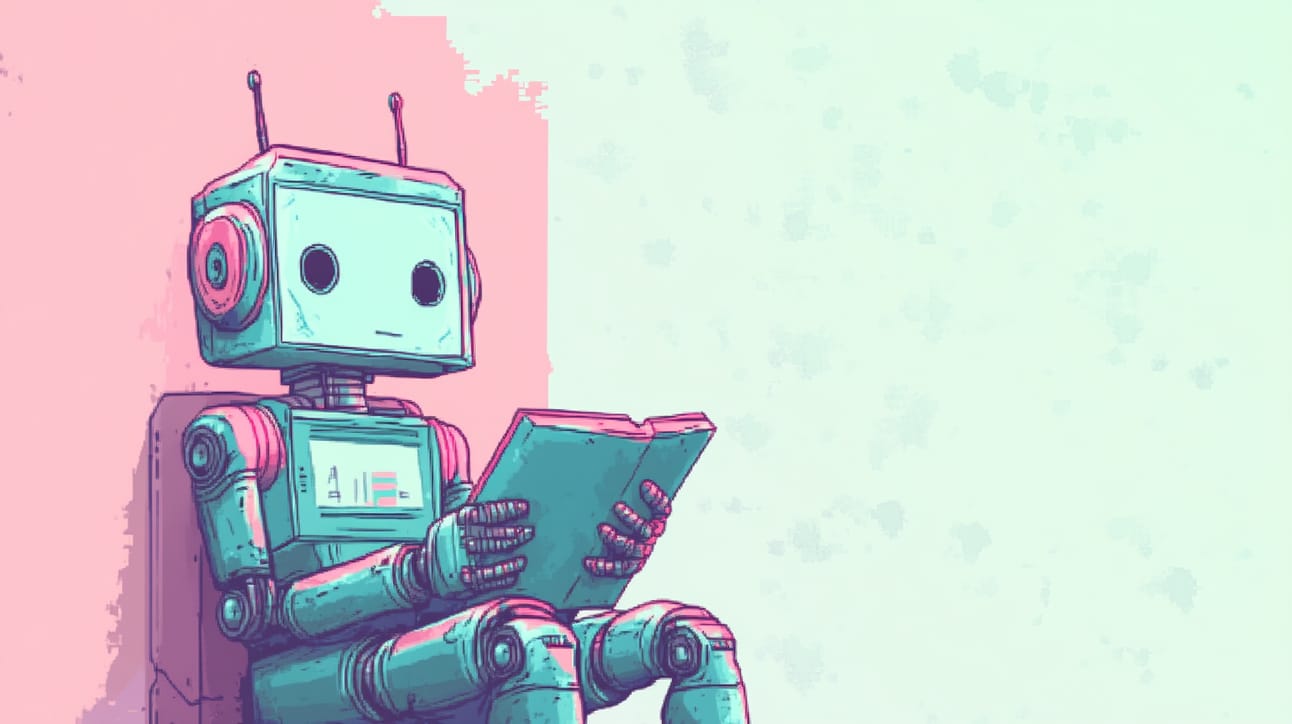OPENAI
OpenAI has just rolled out two new models, o3 and a smaller one called o4-mini, that move beyond text and into images.
For the first time, users can upload things like sketches, diagrams, or whiteboard notes, and the AI can actually analyse and reason through them, even if they’re a bit rough.
The o3 model can also interact with images, it can zoom, rotate, and pull visual information straight into its problem-solving.
It’s built to handle maths, science, and code especially well. o4-mini does similar things but runs faster and costs less.
Both models are now available to ChatGPT Plus, Pro, and Team users.
It’s part of OpenAI’s bigger push to create tools that don’t just respond, they can browse, code, generate images, and reason independently without needing step-by-step prompts.
What to know:
o3 can now “think with images” — reading and reasoning through rough sketches and diagrams.
o4-mini is a faster, more affordable option.
OpenAI has changed how it handles safety testing, raising questions about transparency.
That said, some questions around safety are being raised.
OpenAI has updated its safety approach, removing certain checks for fine-tuned models and skipping the usual safety reports (called model cards) for its latest GPT-4.1.
Scribble something, it’ll get it
The company also said it might change its rules again if others release risky systems without proper safeguards.
And yes, OpenAI is still getting roasted for its confusing model names, CEO Sam Altman says a fix is coming, but not just yet.
Big brain energy but make it pixelated.


